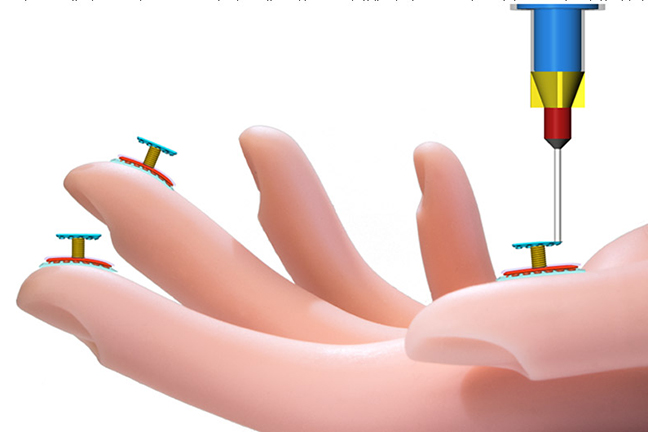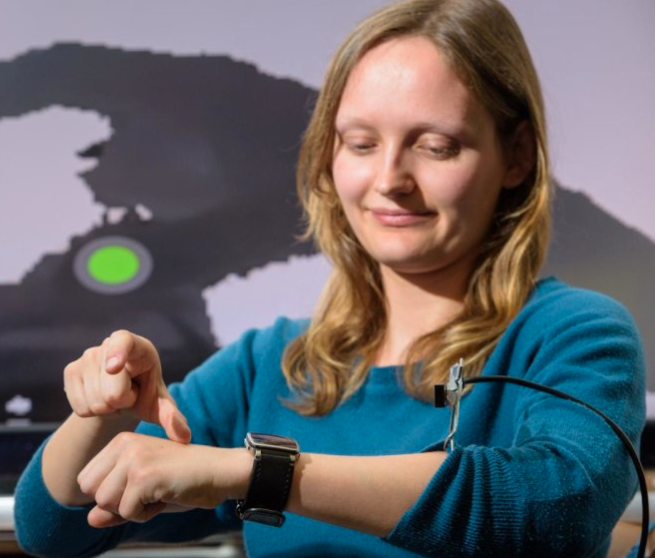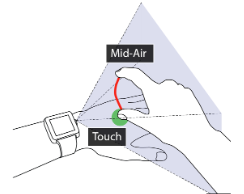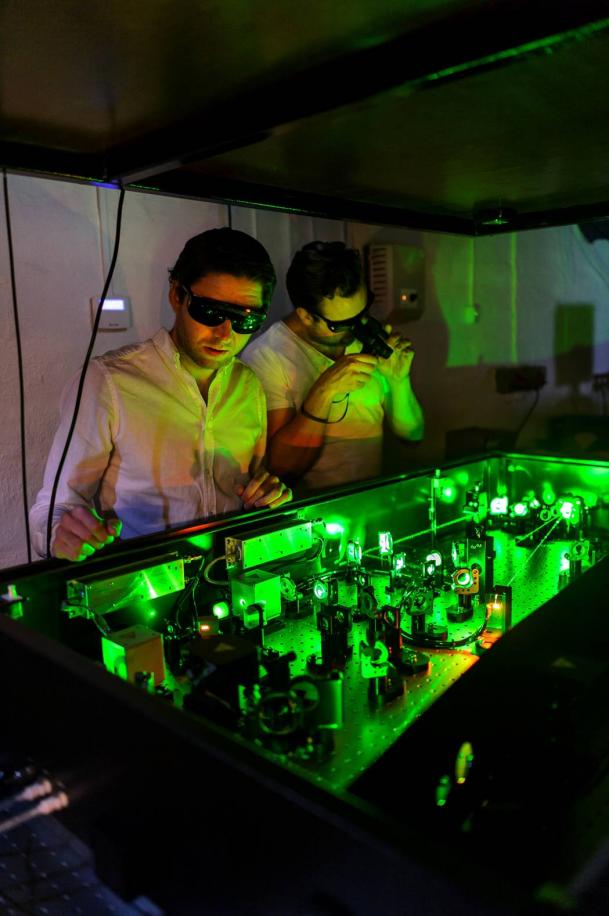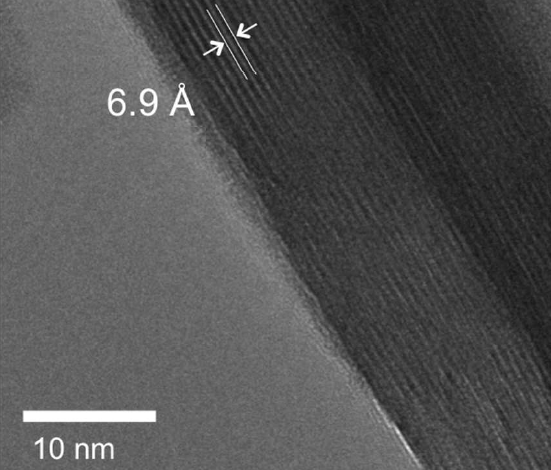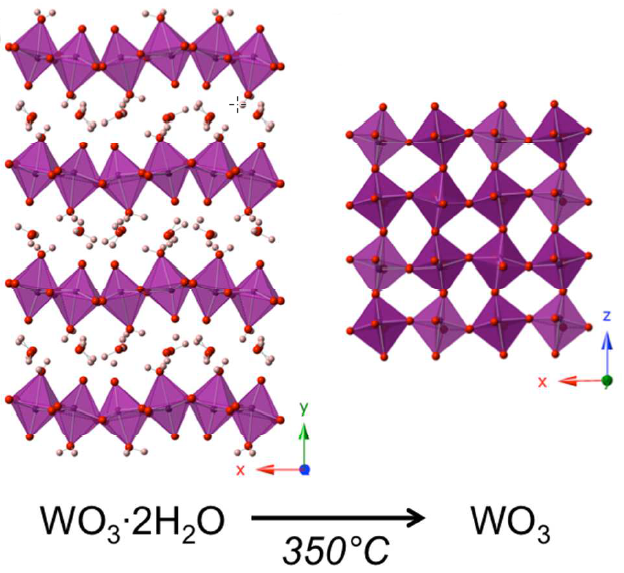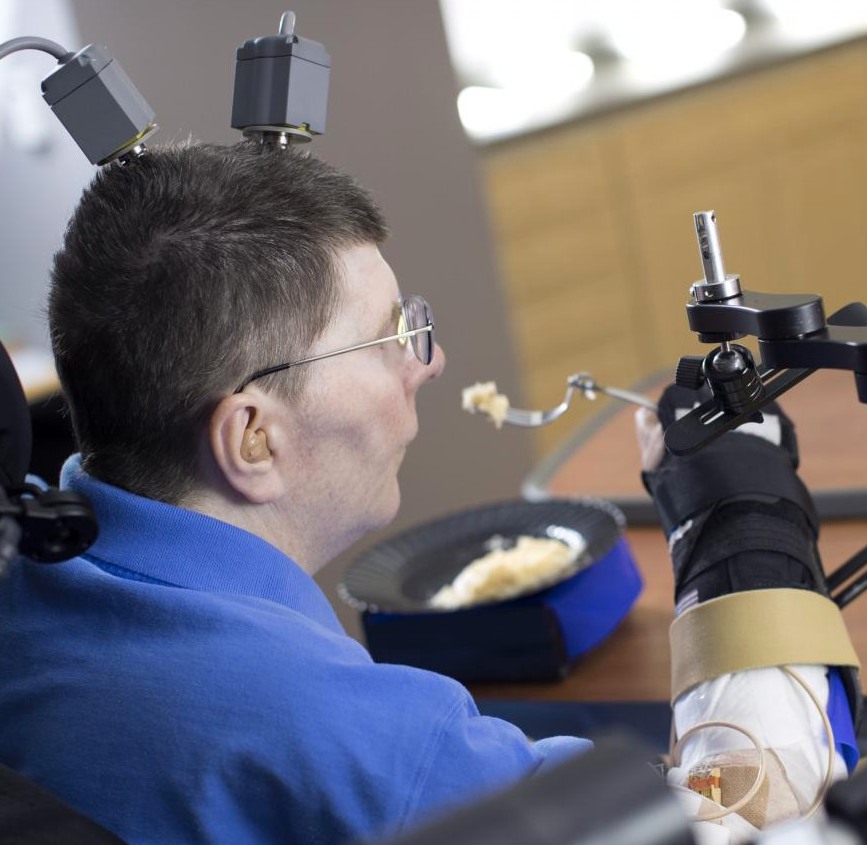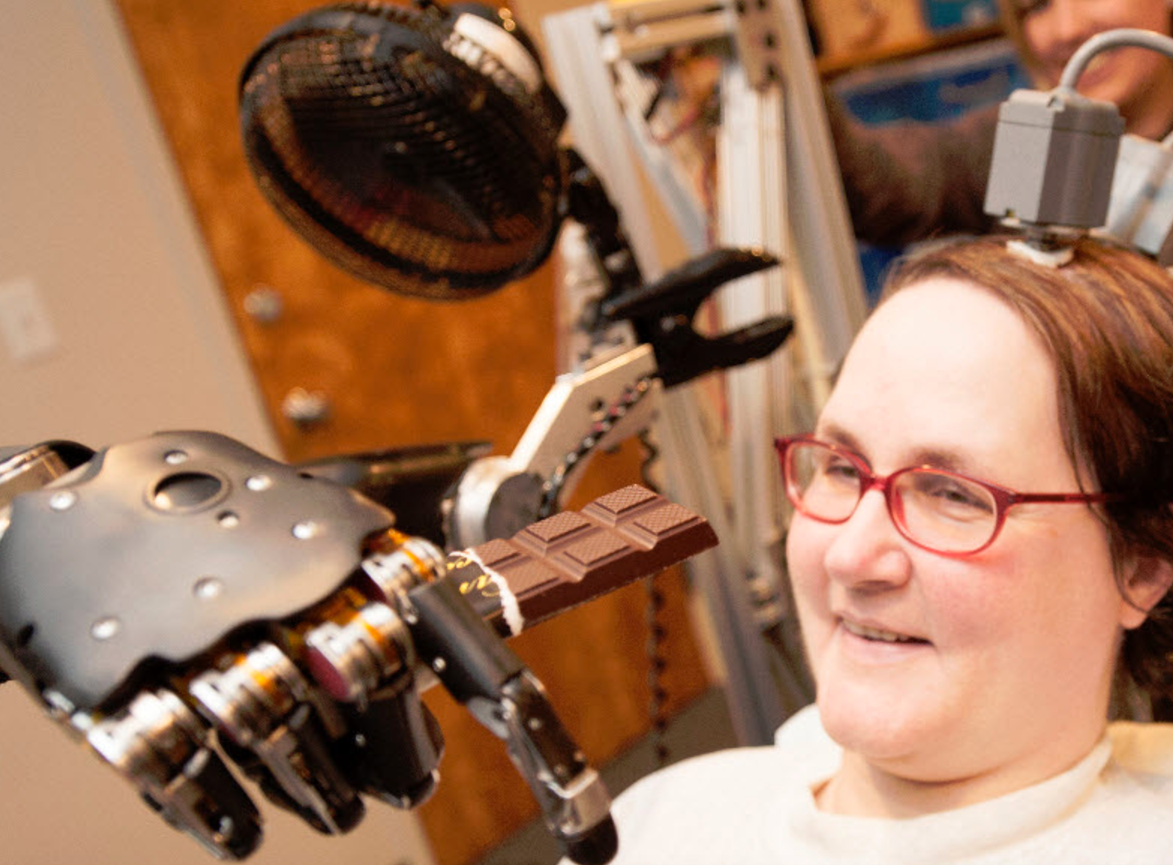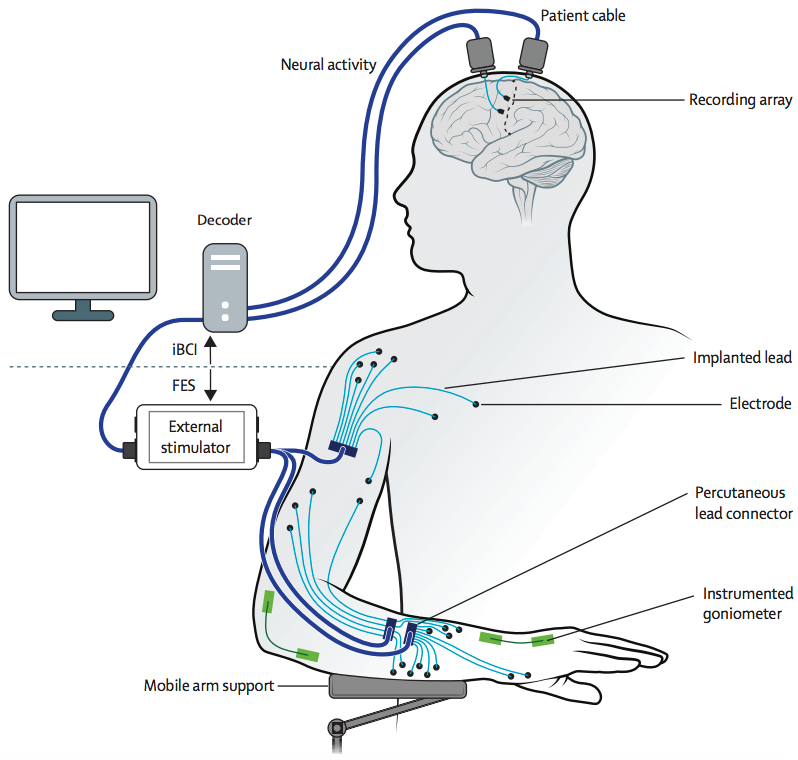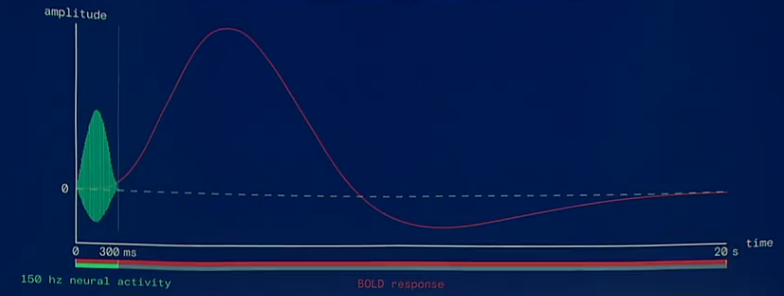
Two robots — robot calligrapher and puppy — produced using an interactive display tool and selecting off-the-shelf components and 3D-printed parts (credit: Carnegie Mellon University)
Carnegie Mellon University (CMU) Robotics Institute researchers have developed a simplified interactive design tool that lets you design and make your own customized legged or wheeled robot, using a mix of 3D-printed parts and off-the-shelf components.
The current process of creating new robotic systems is challenging, time-consuming, and resource-intensive. So the CMU researchers have created a visual design tool with a simple drag-and-drop interface that lets you choose from a library of standard building blocks (such as actuators and mounting brackets that are either off-the-shelf/mass-produced or can be 3D-printed) that you can combine to create complex functioning robotic systems.

(a) The design interface consists of two workspaces. The left workspace allows for designing the robot. It displays a list of various modules at the top. The leftmost menu provides various functions that allow users to define preferences for the search process visualization and for physical simulation. The right workspace (showing the robot design on a plane) runs a physics simulation of the robot for testing. (b) When you select a new module from the modules list, the system automatically makes visual suggestions (shown in red) about possible connections for this module that are relevant to the current design. (credit: Carnegie Mellon University)
An iterative design process lets you experiment by changing the number and location of actuators and adjusting the physical dimensions of your robot. An auto-completion feature can automatically generate assemblies of components by searching through possible component arrangements. It even suggests components that are compatible with each other, points out where actuators should go, and automatically generates 3D-printable structural components to connect those actuators.

Automated design process. (a) Start with a guiding mesh for the robot you want to make and select the orientations of its motors, using the drag and drop interface. (b) The system then searches for possible designs that connect a given pair of motors in user-defined locations, according to user-defined preferences. You can reject the solution and re-do the search with different preferences anytime. A proposed search solution connecting the root motor to the target motor (highlighted in dark red) is shown in light blue. Repeat this process for each pair of motors. (c) Since the legs are symmetric in this case, you would only need to use the search process for two legs. The interface lets you create the other pair of legs by simple editing operations. Finally, attach end-effectors of your choice and create a body plate to complete your awesome robot design. (d) shows the final design (with and without the guiding mesh). The dinosaur head mesh was manually added after this particular design, for aesthetic appeal. (credit: Carnegie Mellon University)
The research team, headed by Stelian Coros, CMU Robotics Institute assistant professor of robotics, designed a number of robots with the tool and verified its feasibility by fabricating two test robots (shown above) — a wheeled robot with a manipulator arm that can hold a pen for drawing, and a four-legged “puppy” robot that can walk forward or sideways. “Our work aims to make robotics more accessible to casual users,” says Coros.
Robotics Ph.D. student Ruta Desai presented a report on the design tool at the IEEE International Conference on Robotics and Automation (ICRA 2017) May 29–June 3 in Singapore. No date for the availability of this tool has been announced.
This work was supported by the National Science Foundation.
Ruta Desai | Computational Abstractions for Interactive Design of Robotic Devices (ICRA 2017)
Abstract of Computational Abstractions for Interactive Design of Robotic Devices
We present a computational design system that allows novices and experts alike to easily create custom robotic devices using modular electromechanical components. The core of our work consists of a design abstraction that models the way in which these components can be combined to form complex robotic systems. We use this abstraction to develop a visual design environment that enables an intuitive exploration of the space of robots that can be created using a given set of actuators, mounting brackets and 3d-printable components. Our computational system also provides support for design auto-completion operations, which further simplifies the task of creating robotic devices. Once robot designs are finished, they can be tested in physical simulations and iteratively improved until they meet the individual needs of their users. We demonstrate the versatility of our computational design system by creating an assortment of legged and wheeled robotic devices. To test the physical feasibility of our designs, we fabricate a wheeled device equipped with a 5-DOF arm and a quadrupedal robot.

